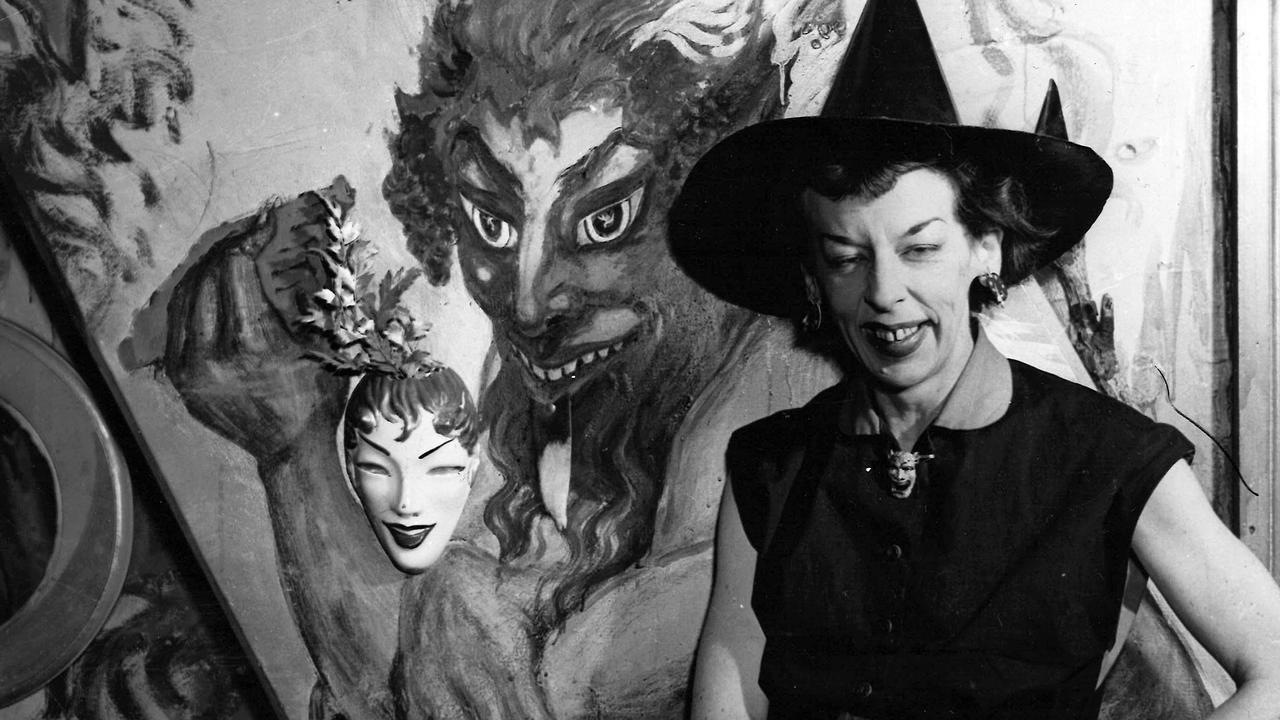Frederick Clarke and Christopher Farrell escaped Geelong Gaol with a skeleton key
Two ageing prisoners plotted an infamous escape from Geelong Gaol after using their blacksmith skills to fashion a spare cell key.
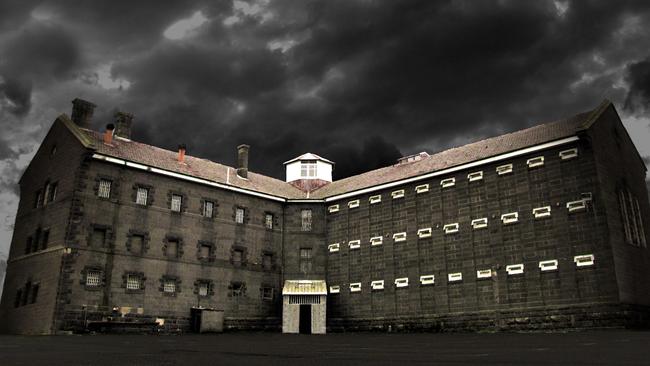
In Black and White
Don't miss out on the headlines from In Black and White. Followed categories will be added to My News.
When warders made the mistake of placing two cunning old-timers in opposite cells in 1889, the scene was set for the most infamous escape in Geelong Gaol history.
Ageing jailbirds Frederick “Josh” Clarke and Christopher Farrell used a skeleton key made from melted-down metal and overpowered the lone guard before fleeing over the prison walls.
Clarke and Farrell’s “Great Escape” is the subject of a new episode of the In Black and White podcast on Australia’s forgotten characters, with historian Deb Robinson, general manager of Geelong Gaol Museum.
By the time of the escape, both men were aged in their 60s and had spent their lives in and out of prison after being transported as convicts from England to Australia.
It was Clarke’s ingenuity and remarkable ability in working with molten metal that laid the groundwork for the Great Escape.
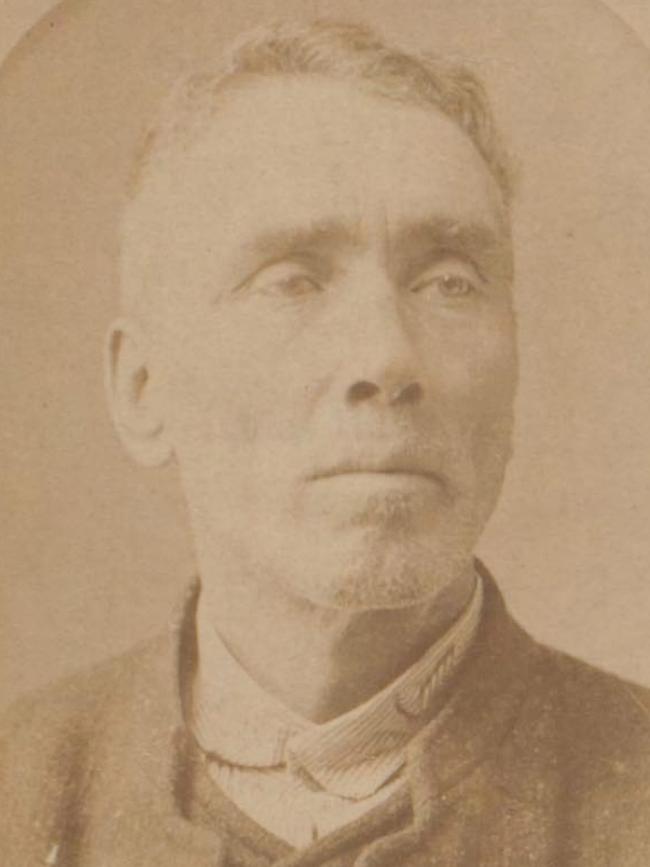
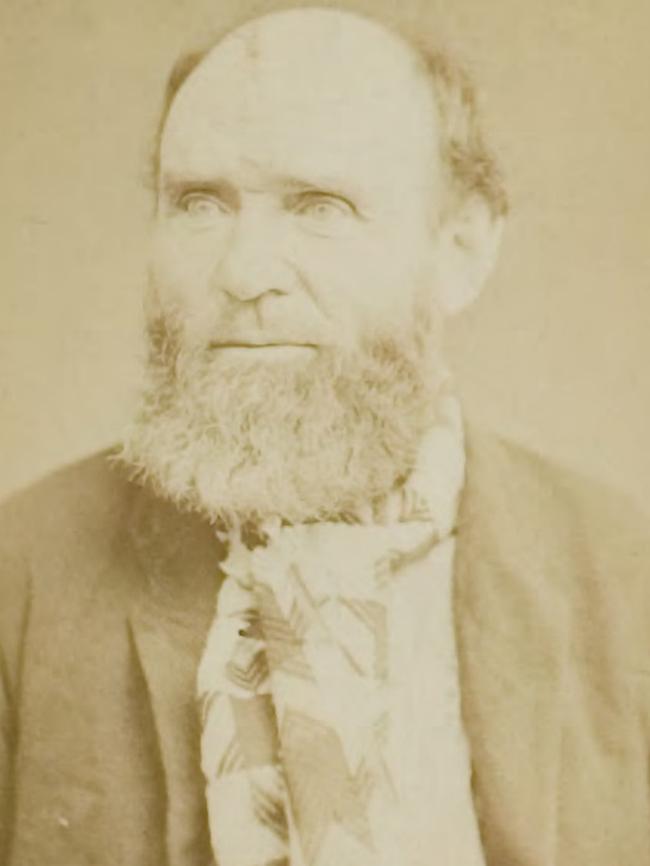
“Clarke was very adept at making skeleton keys – he had been a blacksmith in part of his previous life,” Ms Robinson says.
“Clarke would pick up bits of metal … and he would melt them down while he was working in the blacksmith’s shop trying to do other work.
“He would also melt these keys down, and form a skeleton key by sight.
“You’ve got to be impressed with that – to be able to create skeleton keys by sight. It’s not a bad skill.”
One morning before 2am, Clarke yelled out to the solo warder on duty, George Cain, demanding water.
“He went off to the kitchen to grab some water, but he made the mistake of leaving the trapdoor down,” Ms Robinson says.
“Clarke was able to put his hand through and undo the lock with the skeleton key.
“He went across the hall and let Farrell out of his cell, who then hid behind the stairs.”
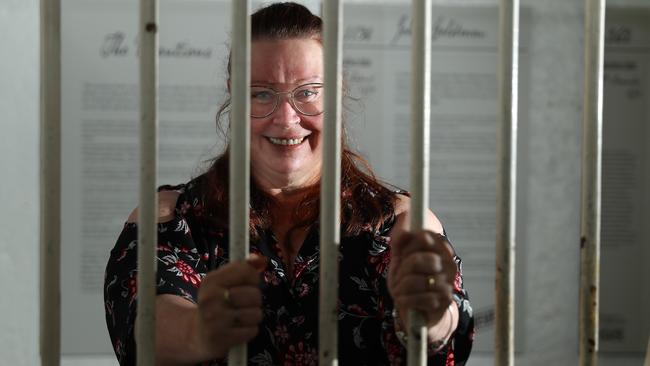
When Cain returned with the water, he was passing it through the trapdoor when Farrell seized him from behind, threatening to bash his brains in with a rock the men had somehow found and kept hidden.
The pair forced Cain to the kitchen, where they left him hogtied to the table, then took off with a couple of carving knives.
Outside, builders had left behind scaffolding, which helped Clarke and Farrell scale the prison walls and flee on foot.
Eventually, after a huge police search, the pair were tracked down separately several days later.
To learn more, listen to the interview in the In Black and White podcast on Apple Podcasts, Spotify or web.
See In Black & White in the Herald Sun newspaper Monday to Friday for more stories and photos from Victoria’s past.


